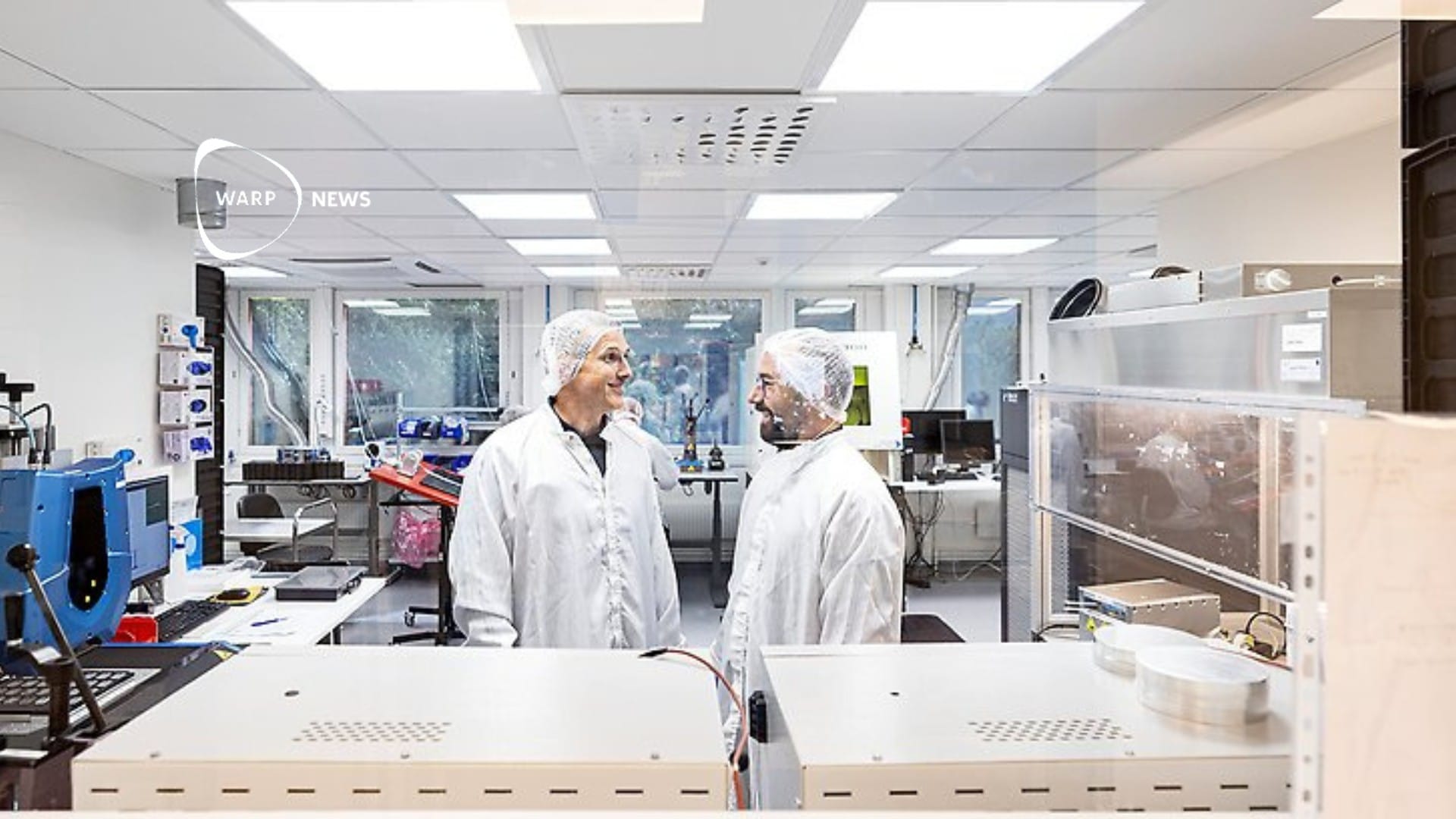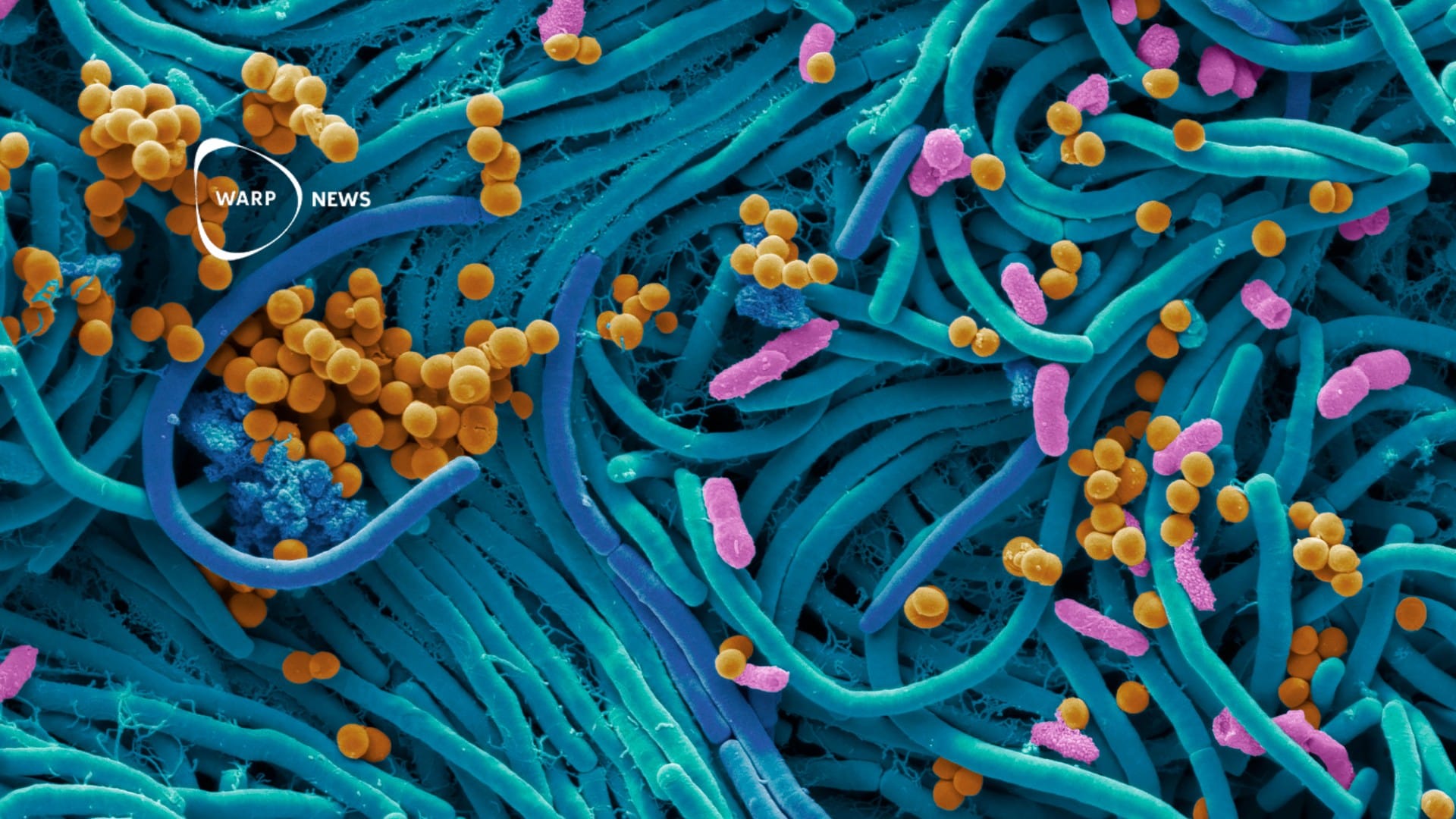
💻 Your computer can help find a cure for COVID19
Folding @ Home uses people's computers to discover how the proteins that make up the COVID 19 virus looks like, to be able to faster find a cure or a vaccine.
Share this story!
A key to finding cures for viral diseases like COVID 19 is to understand how the proteins that build up the virus fold, that is, how the proteins get their three-dimensional shape.
Simulating a single virus requires an enormous amount of computing power.
But the Folding @ Home project gives us all the chance to contribute by letting our computers work when they do nothing else. All you have to do is download a program and let it run in the background.
Folding @ Home has already simulated Ebola and influenza viruses and now it time for COVID 19 to be analyzed.
Two weeks ago, Folding @ Home asked the public to download a program that runs in the background on ordinary computers and the response has been overwhelming.
In two weeks, 400,000 people have signed up for the project.
In total, their computers provide a theoretical computational capacity of 470 petaflops. By comparison, it is more than the world's seven most powerful supercomputers together.
The hope is now that the simulations will be able to detect weaknesses in COVID 19's "armor". It could give new ideas about which chemical compounds can give us really effective treatments.
Subscribe to our weekly newsletter
Want to get a dose of fact-based optimism in your mailbox once a week? Don't miss subscribing to our newsletter.
Warp News is run by the nonprofit Warp Institute, headquartered in Stockholm, Sweden and Raleigh, North Carolina, United States.
Most people still have a negative view of the future.
We think one important reason is the negative bias in news media.
Warp News balances that by delivering fact-based optimistic news.
By becoming a premium supporter, you help in the creation and sharing of fact-based optimistic news all over the world.


